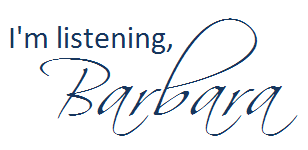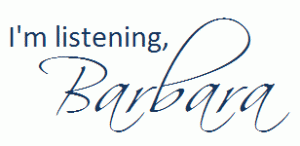
Be prepared for a short rant.
As has happened more than once this semester, students have shown up for class unprepared. Though I don’t like it, I halfway expect a small handful to not have completed the assignment that they were given. But this time, I was taken aback. In a class of 20, only four (FOUR!) had listened to the assigned podcast and written about it before class time. (NOTE: They should have listened to the podcast last week and blogged about their reactions no later than midnight on last Saturday night.)
When only 20% of a class is prepared to discuss a topic, the entire class loses. Many are disappointed, including those who WERE prepared for the discussion and their professor. And more importantly, learning is diminished.
Part of my job as a college educator is preparing students for careers after college. So how does it affect you, Dear Student, when you choose not to prepare yourself before a meeting? Here are a few ways:
- You lose time. . . your own time and the time of others who must regroup because you did not have your deliverable ready on time.
- You lose the respect of others who were counting on you, your co-workers, your boss, your client . . .
- You may lose the business of a client who was counting on you.
- If it happens more than once, you may even lose your job.
In what other ways does showing up unprepared affect individuals and organizations? I’d love your input. And thanks for “listening” to my rant.
[* UPDATE: One of my students from another university noted via Twitter that it looks like I am calling students “losers” in a public setting. I can definitely see how that might appear, especially if reading only the title of the blog post. My intent in this post wasn’t to name-call or embarrass, but instead to highlight something that’s relatively easy to fix and that will definitely impact students’ careers once they leave the confines of a college classroom.]




 SPC 4350 & COMM 4633
SPC 4350 & COMM 4633





